Balancing Utensils
A balanced diet is always a good idea to help you stay healthy. Here’s an activity that’ll be a hit at home or at your […]
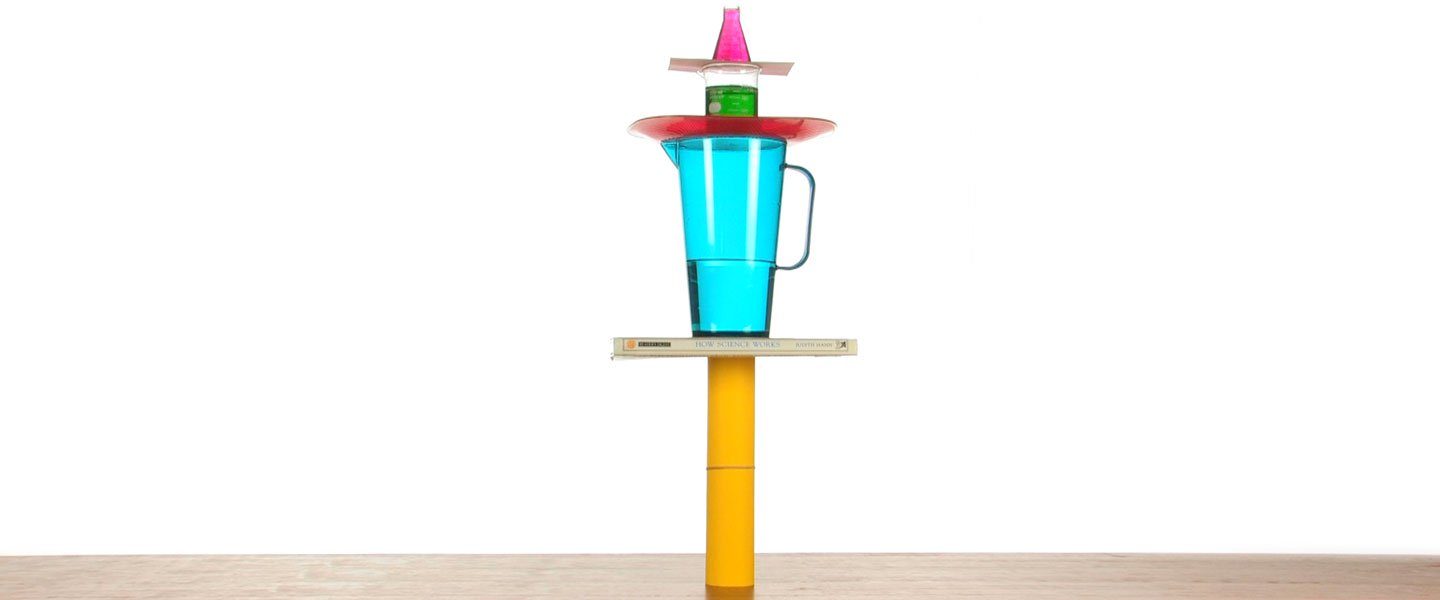
If someone told you that they could balance a full-size text book on a piece of paper, you might call up the looney bin. That’s a crazy idea, right? Well, the notion that a book can sit, precariously, atop a plain piece of paper isn’t quite as bonkers as you might think! With a little knowledge of physics and geometrical shapes, you can perform the Balancing Act, too.
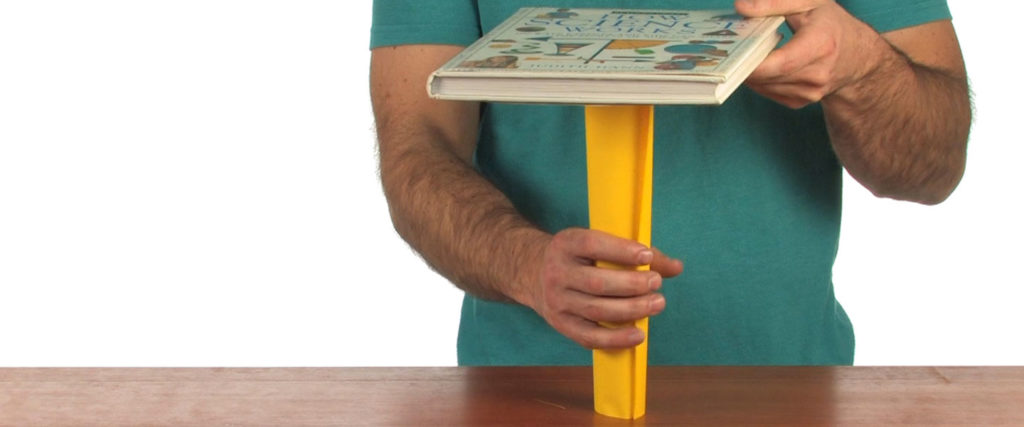
Try to balance the textbook on a rolled up piece of paper. Use whatever method you want, but we’ll bet you can’t do it! Try rolling the paper up, making an arch… try everything.
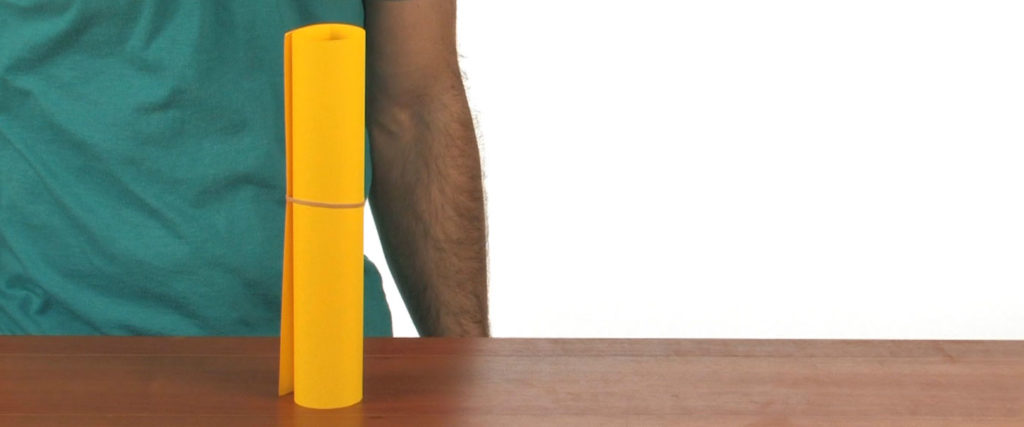
Roll the paper into a cylinder, length-wise, and wrap a rubber band around the tube to hold it in shape.
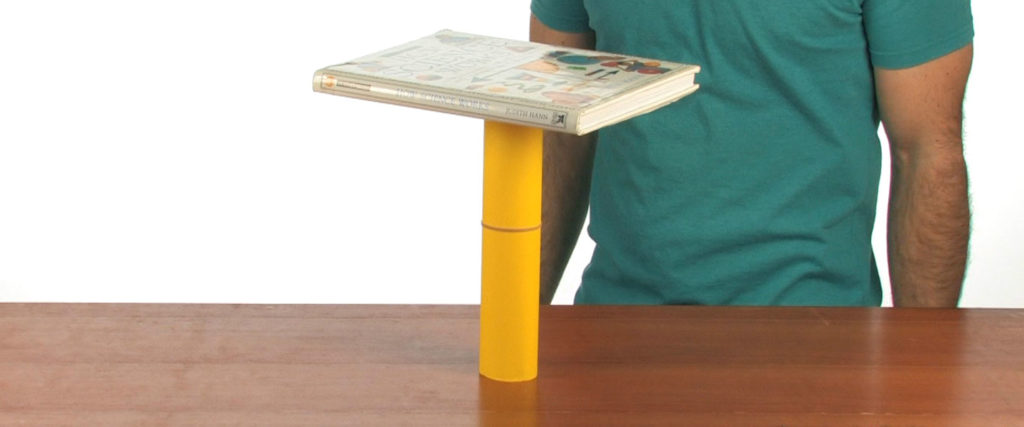
Now try balancing the textbook on top of the paper cylinder. The tube can now support the entire weight of the textbook!
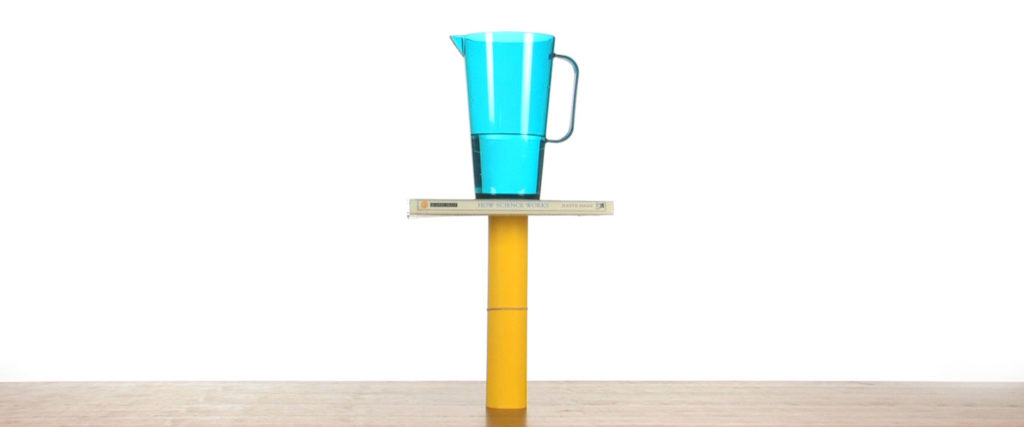
Find other items to balance on top of the text book. It’s probably a good idea to keep the items unbreakable, because at some point, you’ll have too much weight on there.
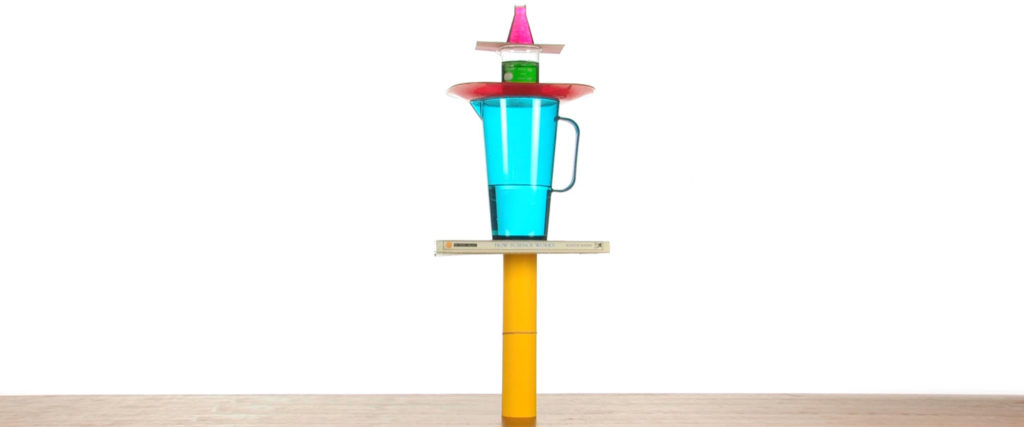
How many items were you able to get on top of the paper cylinder before it collapsed? Take all of those items to a scale and get a weight. It’s amazing that all that weight was able to balance atop a piece of paper.
The average weight of a standard, flimsy, white piece of printer paper is less than 1 gram, right around .7 grams. It would make sense that something that light isn’t able to hold the weight of a text book. Just trying to balance a textbook on top of the paper doesn’t work… the paper just collapses! This is because the paper is unable to keep it’s shape. It wants to return to a flat piece of parchment. With the addition of a rubber band, though, the paper can support and balance the textbook, and a whole lot more!
The secret to the paper’s new found strength is the geometrical shape known as a cylinder. Cylinders are one of the most structurally sound, and strongest, geometrical shapes. Cylinders are able to be incredibly strong, regardless of the material they’re made out of, because they disperse stress throughout their entire shape. If the rolled-up piece of paper were a perfect cylinder, the strength would be even stronger!